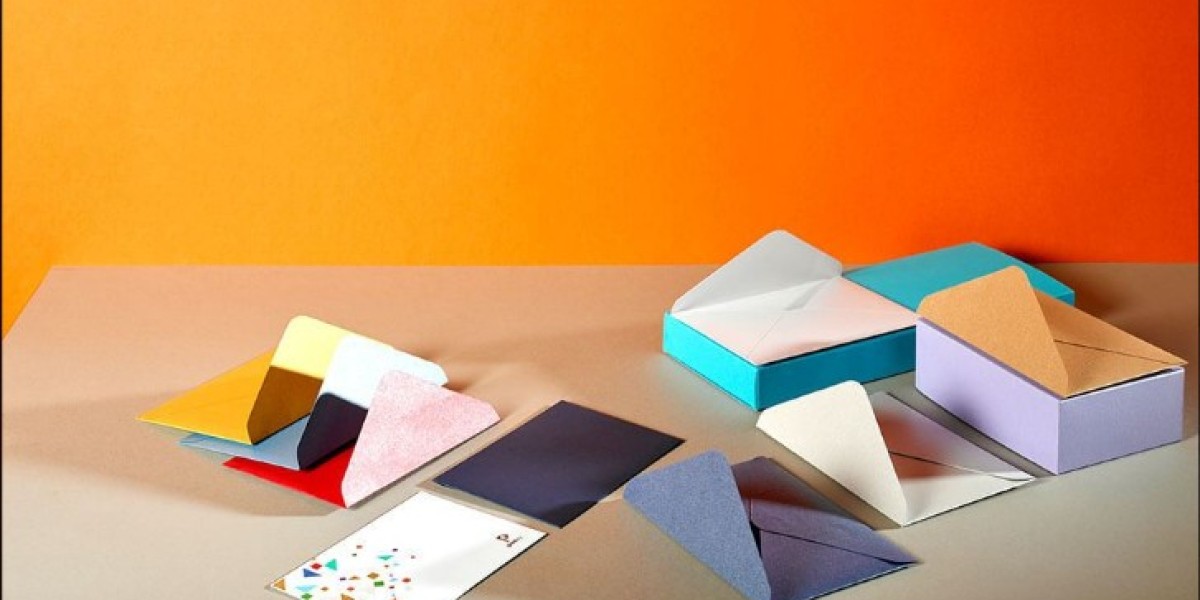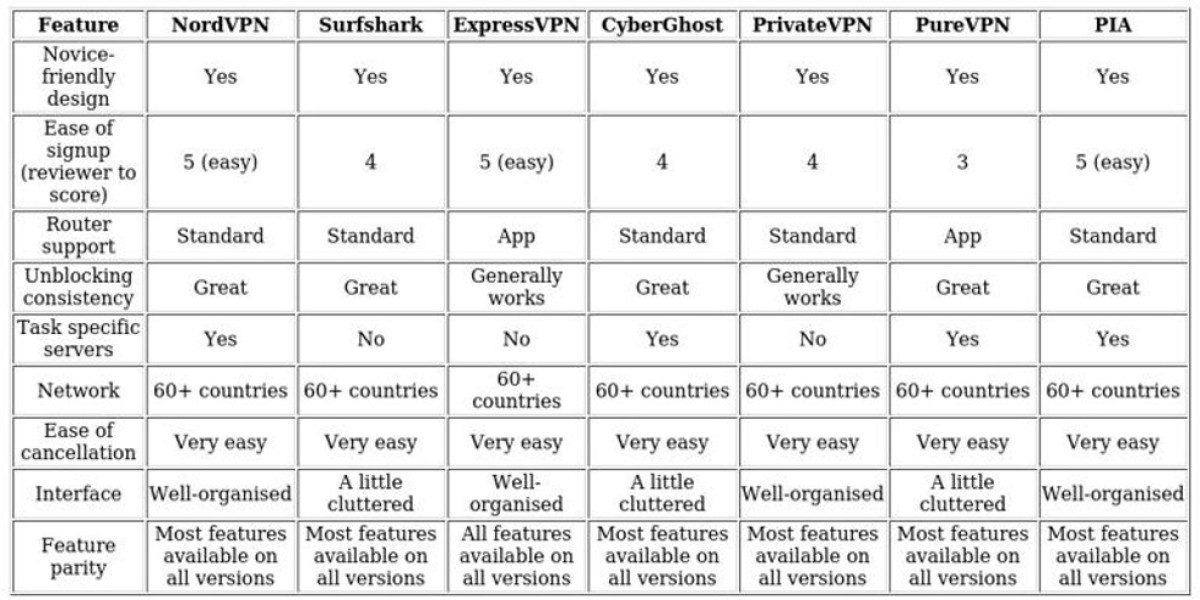When it comes to custom printing, selecting the right paper is as important as the design itself. The choice of paper not only affects the look and feel of your printed materials but also plays a significant role in how your brand is perceived. In a vibrant business hub like Dubai, where quality and presentation are paramount, the right paper choice can make the difference between an average print job and a memorable impression.
Whether you are printing business cards, brochures, flyers, or packaging, understanding the various paper types, textures, and finishes is crucial. In this guide, we’ll explore the key considerations for choosing the perfect paper for custom printing in Dubai, ensuring your materials stand out while effectively communicating your brand identity.
1. Determine the Purpose of Your Printed Material
Before choosing paper, it is essential to define the purpose of your print project. Different applications demand different qualities:
Business Cards: Require sturdy, high-quality paper that conveys professionalism.
Brochures and Flyers: Need paper that balances visual appeal with cost-effectiveness, as they are often produced in bulk.
Posters and Banners: Require thicker, durable paper that can hold up in display settings.
Packaging: Demands paper that is both strong and visually attractive, complementing your product while protecting it.
By understanding the specific use of your printed material, you can narrow down your options and focus on papers that meet both functional and aesthetic requirements.
2. Consider Paper Weight and Thickness
One of the most critical aspects of paper selection is its weight, often measured in grams per square meter (gsm). Paper weight affects durability, texture, and perceived quality:
Lightweight Paper (70–100 gsm): Suitable for flyers, newsletters, and everyday printing. These papers are economical but less durable.
Medium Weight (120–200 gsm): Ideal for brochures, menus, and booklets. Offers a balance of durability and flexibility.
Heavyweight Paper (250–400 gsm): Used for premium business cards, postcards, and packaging. Creates a strong impression and conveys quality.
Choosing the right paper weight ensures your prints feel substantial in hand, enhancing the overall perception of your brand.
3. Understand Paper Finish Options
The finish of the paper significantly influences the final look and feel of your prints. Different finishes cater to different brand aesthetics and functional requirements:
Matte Finish: Provides a smooth, non-reflective surface that is easy to read and handles ink well. Suitable for professional documents, formal invitations, and high-end brochures.
Glossy Finish: Offers a shiny, vibrant surface that makes images and colors pop. Ideal for posters, marketing materials, and promotional prints where visual impact is key.
Silk or Satin Finish: Falls between matte and glossy, providing a subtle sheen and smooth texture. Often used for corporate brochures and catalogs.
Textured Finishes: Linen, felt, and embossed papers create a tactile experience, adding a sense of luxury and uniqueness to business cards, stationery, and packaging.
Selecting the right finish helps align your printed materials with your brand image, making them more memorable to your audience.
4. Evaluate Paper Color and Brightness
Paper color and brightness affect how your designs and colors appear. Standard white paper is versatile, but off-white, cream, or colored papers can help your materials stand out:
Brightness: Refers to the amount of light reflected by the paper. Higher brightness levels make colors appear more vibrant, whereas lower brightness gives a softer, warmer feel.
Colored Paper: Can be used strategically to convey brand identity or create thematic designs. Light pastel colors are subtle and elegant, while bold colors make a strong statement.
Testing your designs on different paper colors and brightness levels ensures that your visuals appear exactly as intended.
5. Consider Paper Texture and Weight for Handling
The tactile experience of your printed material affects how it is perceived. Smooth, silky papers give a professional, clean feel, while textured papers like linen or recycled finishes convey uniqueness and sophistication.
For materials that will be handled frequently, such as business cards or brochures, a paper with a pleasant tactile quality can enhance user experience and leave a lasting impression. Heavyweight or textured papers generally communicate quality and durability more effectively than thin, standard sheets.
6. Factor in Printing Technique Compatibility
Not all papers are compatible with every printing technique. When planning your project with printing services in Dubai, it’s important to ensure that your chosen paper works well with your preferred method:
Digital Printing: Works well with smooth papers and is ideal for small to medium quantities.
Offset Printing: Compatible with a wide range of paper weights and finishes, suitable for high-volume printing.
Screen Printing: Requires thicker, textured, or specialty papers for optimal results.
Foil Stamping and Embossing: Best performed on heavyweight or textured papers for premium effects.
Choosing paper that matches your printing technique ensures high-quality results and prevents issues like ink smudging, poor adhesion, or loss of design sharpness.
7. Sustainability Considerations
Sustainability is increasingly important for businesses in Dubai, where eco-conscious customers are driving demand for environmentally friendly products. Consider:
Recycled Papers: Made from post-consumer content, offering an eco-friendly option without compromising quality.
FSC-Certified Paper: Ensures responsible sourcing and environmentally sustainable production.
Biodegradable Coatings: Reduce environmental impact while maintaining professional print quality.
Choosing sustainable papers aligns your brand with global environmental trends and can be a unique selling point for eco-conscious clients.
8. Test Samples Before Final Production
Before committing to a large print run, always request samples. Testing allows you to:
Verify color accuracy and brightness
Assess texture and tactile experience
Ensure paper thickness and durability match expectations
Confirm compatibility with your chosen printing technique
Samples give you confidence in your choice and prevent costly mistakes in mass production.
9. Collaborate with Experienced Printing Experts
Working with a reliable printing services provider in Dubai is essential for making informed decisions about paper selection. Experienced professionals can:
Recommend the most suitable paper types based on your project requirements
Provide samples and mock-ups for evaluation
Advise on printing techniques and finishes that complement your paper choice
Ensure quality control throughout production
Partnering with experts ensures your printed materials not only meet functional requirements but also reflect your brand’s identity and values.
Conclusion
Selecting the right paper for custom printing in Dubai is a strategic decision that impacts both aesthetics and functionality. By considering factors such as paper weight, finish, color, texture, sustainability, and compatibility with printing techniques, businesses can create printed materials that leave a lasting impression on clients and customers.
Investing time in evaluating paper options and collaborating with experienced printing professionals ensures that your designs translate flawlessly into tangible, high-quality prints. Whether you are producing marketing collateral, packaging, or corporate stationery, the right paper choice strengthens your brand image, enhances customer experience, and reinforces your commitment to quality.








